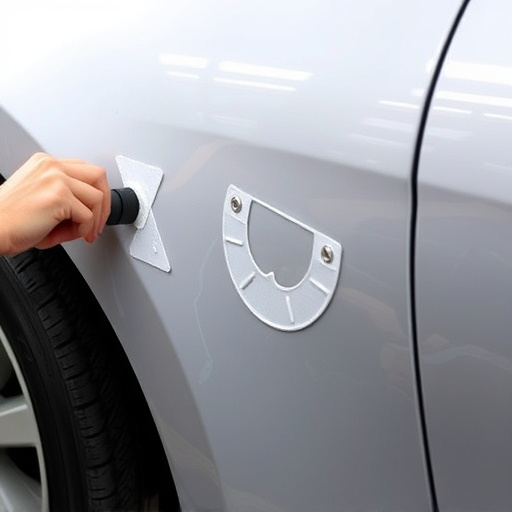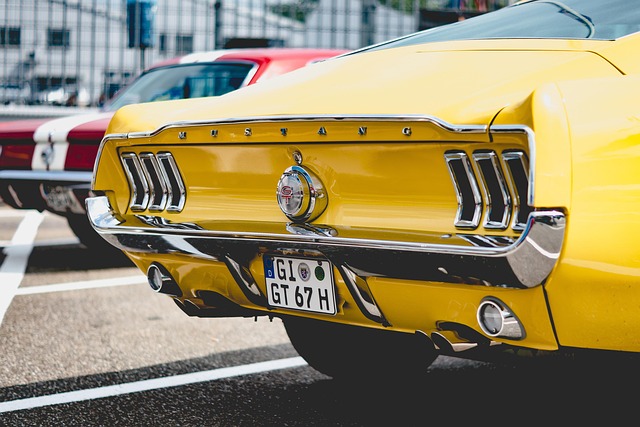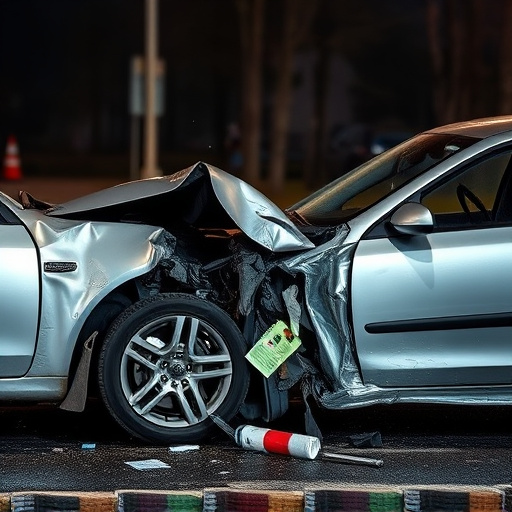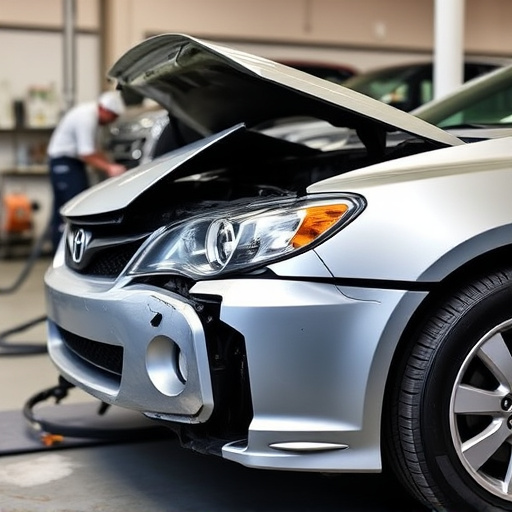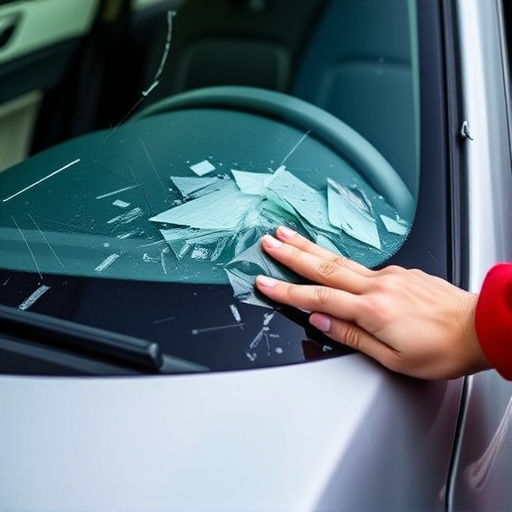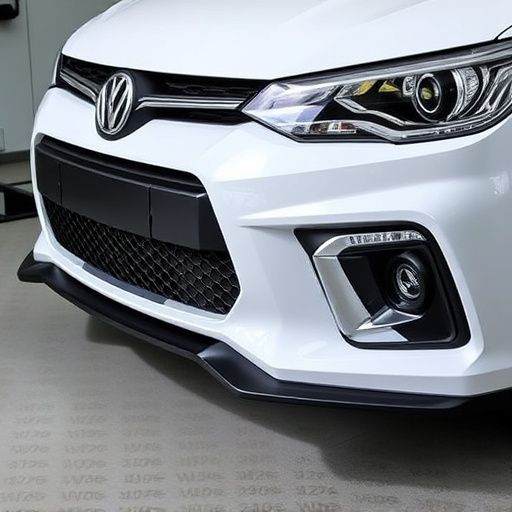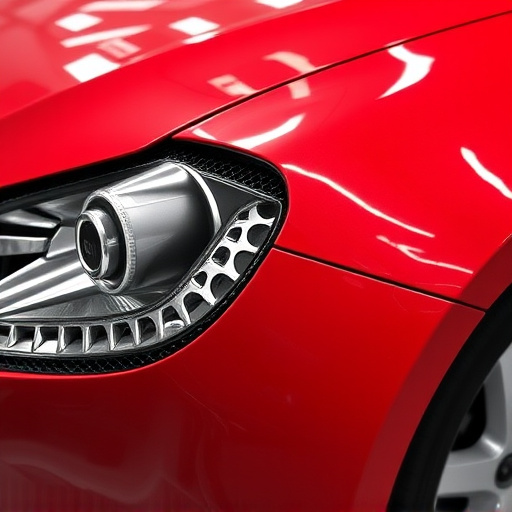If fiberglass panels have severe cracks, delamination, or corrosion, repair is often not recommended due to safety concerns and potential compromise of structural integrity. Signs indicating replacement include deep cracks, widespread corrosion, missing fibers, mold, previous failed repairs, and large delaminations. Collision repair centers specializing in fiberglass work can assess damage and suggest either repair for smaller issues or replacement for extensive damage, ensuring a safer riding experience and maintaining vehicle performance.
In many cases, fiberglass panel repair offers a cost-effective solution for damaged surfaces. However, there are instances where replacement is not only more suitable but also necessary. This article delves into the scenarios where repairing fiberglass panels is no longer recommended, exploring signs of irreparable damage and the financial considerations that influence decision-making. We also analyze the benefits of replacement over traditional repair methods and introduce modern alternatives, ensuring durable, long-lasting solutions for your needs.
- When Fiberglass Panels Are Beyond Repair
- – Signs that fiberglass panels are too damaged for repair
- – Types of damage that indicate replacement is necessary
When Fiberglass Panels Are Beyond Repair
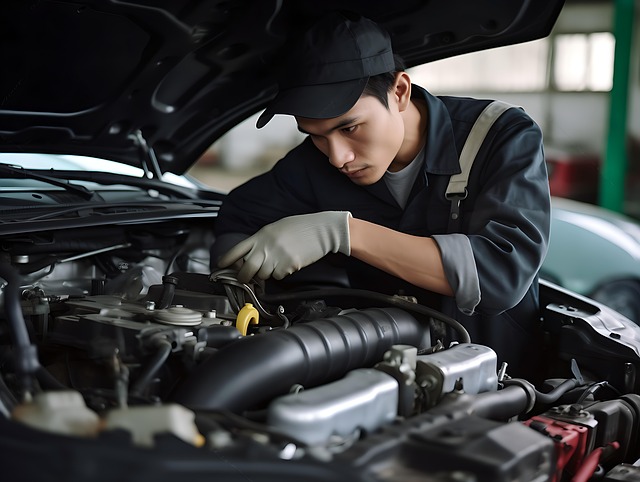
In some cases, fiberglass panels may have seen better days and reached a point where repair is simply not recommended or practical. This often occurs when the damage is extensive, involving large cracks, significant delamination, or severe corrosion that has weakened the panel’s structural integrity. When dealing with such conditions in a car body shop or auto dent repair facility, professionals must exercise caution. Attempting to patch up these severely damaged panels may not only be inefficient but could also compromise the safety and performance of the vehicle during future use.
Auto body restoration experts should assess each case individually. If the fiberglass panel’s condition poses risks or if the damage is beyond what can be effectively repaired, it might be best to replace the entire panel as part of an auto body restoration process. This decision ensures a safer riding experience and maintains the structural soundness of the vehicle, which is paramount in any car body shop.
– Signs that fiberglass panels are too damaged for repair
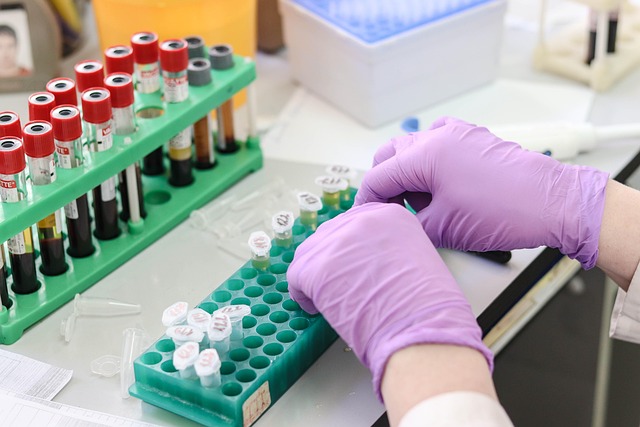
When considering fiberglass panel repair, it’s crucial to recognize signs that indicate beyond reasonable doubt that the damage is too extensive for a successful fix. Deep cracks and severe delaminations, where the fiberglass fibers separate from the resin matrix, are clear indicators that the panel has reached a critical stage of deterioration. These types of damages often compromise structural integrity, making repair futile. Additionally, panels with significant rust penetration or widespread corrosion should be replaced entirely. Rust not only weakens the fiberglass but also introduces moisture, which can lead to further decay and make any repair effort ineffective in the long term. In a car body restoration context, if the damage includes large areas of missing or broken fibers, extensive mold or water damage, or signs of previous failed repairs, it’s often best to opt for replacement rather than attempting fiberglass panel repair. Collision repair centers specializing in body shop services can provide expert assessments to determine whether a damaged panel is suitable for repair or requires complete replacement.
– Types of damage that indicate replacement is necessary
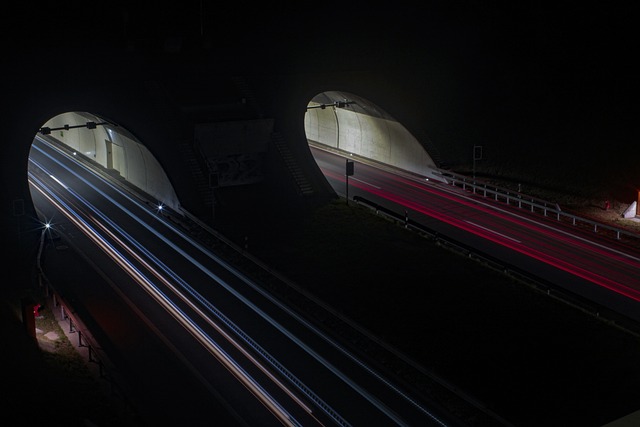
When considering fiberglass panel repair, it’s crucial to recognize when replacement is the better option. Damage that indicates a need for replacement goes beyond simple dents or scratches. Deep cracks, where the fiberglass weave is exposed or separated, are significant and often signal structural compromise. Similarly, large delaminations—where the resin and fiberglass layers peel away from each other—are not candidates for repair. These extensive issues weaken the panel’s integrity, making them unsafe and prone to further damage.
In contrast, smaller dents, dings, or minor scuffs might be suitable for fiberglass panel repair. However, if these imperfections are near existing cracks or delaminations, it’s best to assess the overall condition of the panel. For car body repair or auto dent repair that extends beyond what can be effectively mended, a collision repair shop specializing in fiberglass work is recommended for safe and durable solutions.
In some cases, fiberglass panel repair may not be the best option due to extensive damage. Recognizing the signs—such as significant delamination, large holes, or structural compromise—is crucial. When these issues arise, replacement is often the most practical and effective solution for both safety and aesthetic reasons. Understanding when to opt for repair versus replacement ensures that you make informed decisions regarding your fiberglass panel maintenance.






